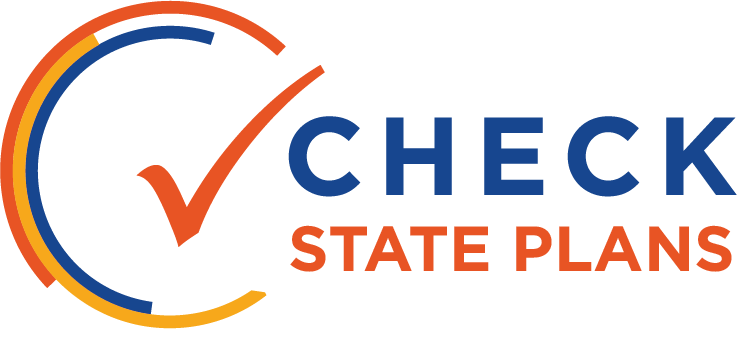
GOALS

Delaware’s “Student Success 2025,” developed with stakeholders over the past few years, presents a comprehensive vision for student achievement in the state.
While the state’s ESSA plan is meant to implement that vision, the state missed the opportunity to clearly articulate the connections between that vision and this plan. The plan is difficult to make coherent sense of — and many decisions in the document appear to be driven by stakeholder survey responses rather than aligned to the state’s expressed long-term vision.
Delaware has articulated a vision of improving proficiency rates and graduation rates by 50 percent by the year 2030.
The state has also articulated interim targets overall and for each subgroup. This approach demands that lower-performing subgroups make faster progress than higher-performing groups, thus closing achievement gaps over time.
However, Delaware had previously aimed to reach these same targets by the year 2017. While the plan cites stakeholder buy-in for continuing the same methodology, applying the same target to a much longer time frame suggests a much less ambitious goal.
Moreover, Delaware’s 2030 proficiency target is not tied to any particular objective bar or benchmarks, nor is it supported by any historical trend analysis. While Delaware’s approach may have stakeholder buy-in, it’s unclear if the targets are sufficiently ambitious. Cutting the achievement gap in half over the next 14 years may indeed be an accomplishment, but absent more data on what Delaware schools have accomplished in the past, it’s hard to know if that goal is ambitious or realistic.
Delaware’s graduation targets are supported by historical trends.
However, those trends call into question whether the 2030 goals are ambitious enough: the state has experienced a 4.8 percent improvement in graduation rates over the past four years, but targets only a 7.9 percent increase over the next 14.
 Overview
Overview





